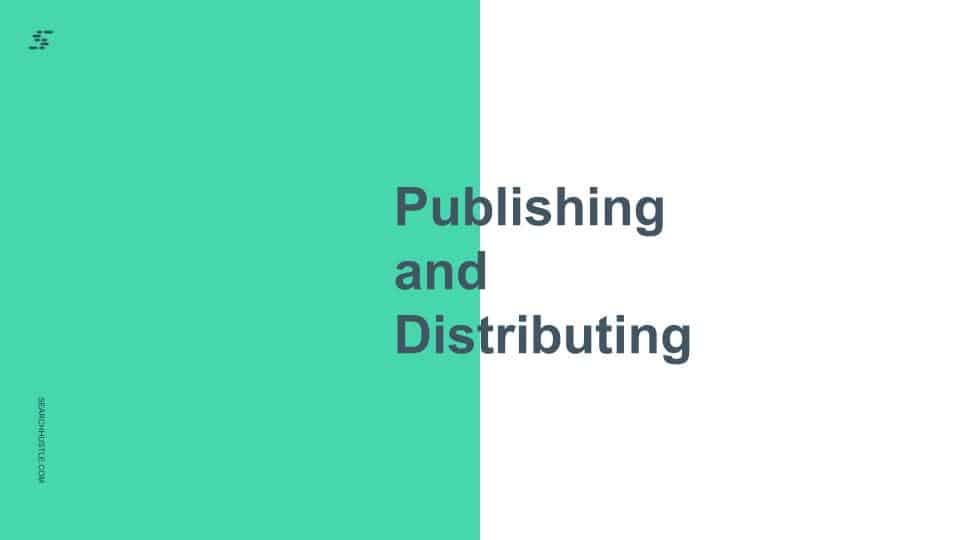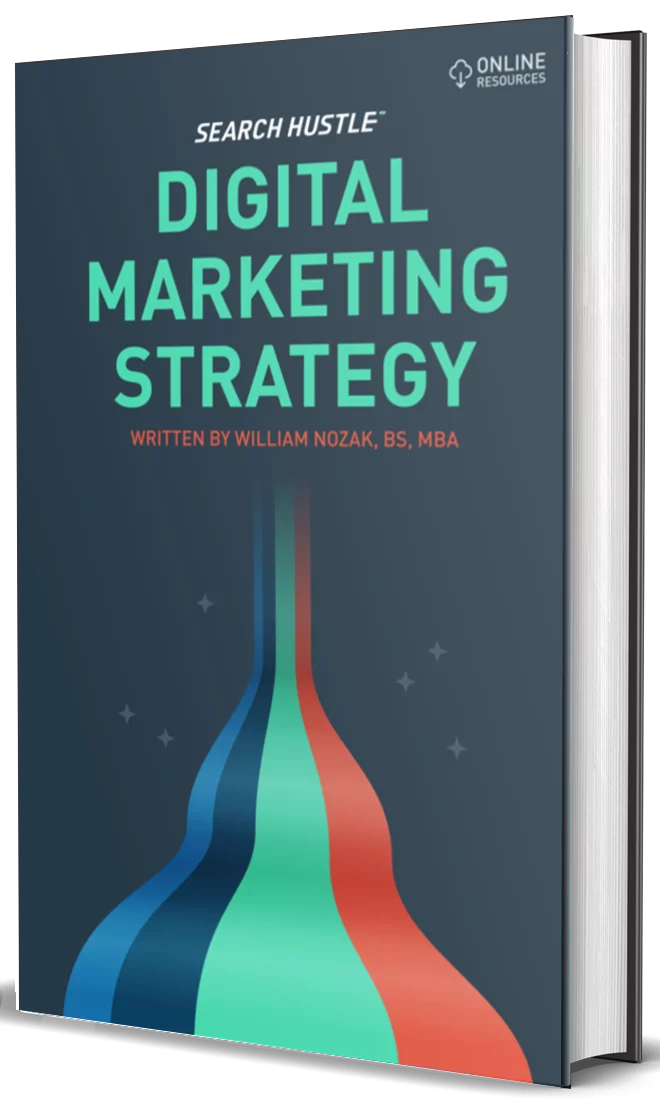Publishing and Distributing
Know where you’re going so you know how to get ahead

Content marketing is, by its very definition, a strategic marketing concept. Content strategy involves planning, creating, governance, and maintaining content. The goal is to produce high-quality, relevant content published consistently, which can attract a well-defined audience. In addition, your content can build trust
Content publishing revolves around the type of content the business creates and the strategy used to publish it. Most brands distribute various types of content across a mix of platforms, which helps the brand stay competitive and grow its brand awareness.
However, it’s often easiest to start with a blog on the company website when a business is just starting. Blog posts can help attract organic traffic to a website, and they’re simple to share and easy to repurpose into new content formats, such as social media posts.

What Is Content Distribution?
Content distribution is the process of sharing and promoting published content. It is how a business presents content to the target audience through different media formats and channels.
With the multitude of media channels and platforms to choose from, and the overabundance of content competing for attention, consideration must go into the type of promotion used.
A few examples of the different content types for distribution include:
- ebooks
- Blogs
- Podcasts
- Infographics
- Videos
- Webinars
Additionally, depending on the target audience and the resources available to the business, the channels used to distribute content will vary. The different channels a company can choose fall into three categories:
Owned content distribution
The content channel a company owns is known as an owned channel. A company can control when and how the content is published on an owned channel. Examples include the company website, blog, email newsletters, social media profiles, etc. The downside to this channel type is that gaining traction and getting your audience to visit often can be challenging.
Earned content distribution
Sometimes referred to as shared channels, an earned channel is when a third party promotes or shares the content created by the business. Examples of third parties include customers, bloggers, or anyone who shares the content for free.
Earned channels range from guest post articles to product reviews to social shares. Open forums and communities such as Reddit are considered earned channels too.
Paid content distribution
Any distribution the business explicitly pays for is a paid content distribution channel. Primary examples under this category include pay-per-click (PPC), programmatic, and social media ads.

What Is Content Publishing?
Content publishing revolves around the type of content that the business creates and the strategy used to publish it. Most brands distribute various types of content across a mix of platforms. This helps the brand stay competitive and grow brand awareness.
However, when a business is just starting out, it’s often easiest to start with a blog on the company website. Blog posts can help attract organic traffic to a website, are simple to share, and are easy to repurpose into new content formats.
How to Manage and Publish Your Content
To keep content creation and the scheduling of publication consistent, planning is required. Ensuring the entire process is streamlined will help to maximize output and minimize the cost and time that goes into production and publication.
The first step to creating a strategy for this is to establish a content workflow. This means detailing each step of the process, such as outlining, writing, editing, final approval, and then finally publishing.
Use an editorial calendar
An editorial content calendar can help organize each step and phase of content creation and publishing. There are various tools available that can help create a content calendar, such as:
- MS Excel
- Google Sheets
- Google Calendar
- CoSchedule
- Asana
- Trello
- Monday
- Basecamp
Using an editorial calendar allows team members working on content to stay aligned and work together cohesively. In addition, it also provides a useful roadmap to writers and editors alike.
Create a social media content calendar
Finding the time to run a successful company is difficult enough, but now business owners must spend more time promoting their business via social media, web pages, and blogs to get more traffic and engage with customers. After deciding to jump into digital marketing, you must devise a strategy that can make the process both manageable and trackable.
Social media content calendars can serve as a roadmap for what your business plans to share on all marketing platforms. A well-organized social media calendar can help define your posting frequency and the desired content to reach a specific audience and objective.
Publish Excellent Content and Have It Seen
Content publishing and distribution comprises a multitude of strategies and channels. To ensure content is properly promoted and seen by the target audience, be sure to consider utilizing more than one distribution channel.
Leverage the appropriate and necessary tools and you will reach any set marketing objectives.

Ready to Take Your Search Hustle Further?



